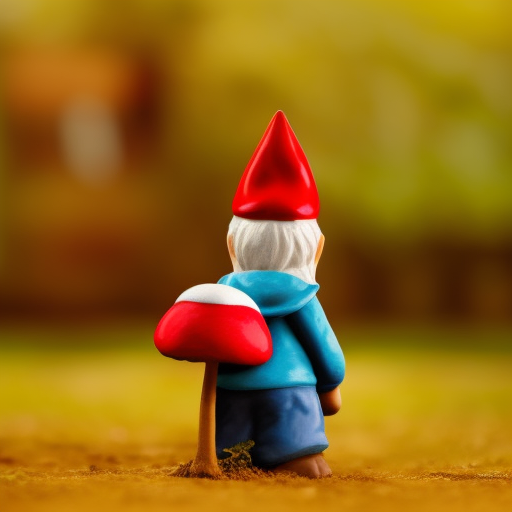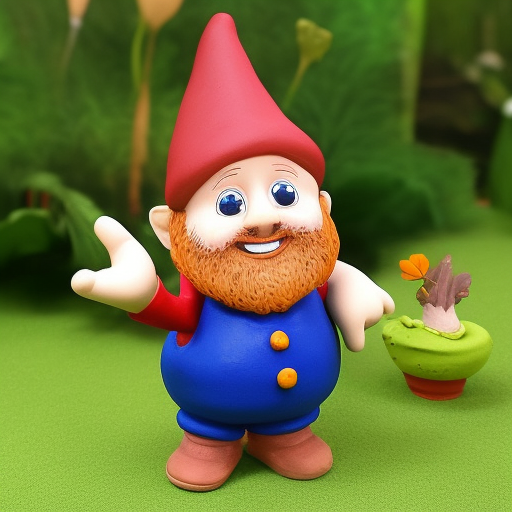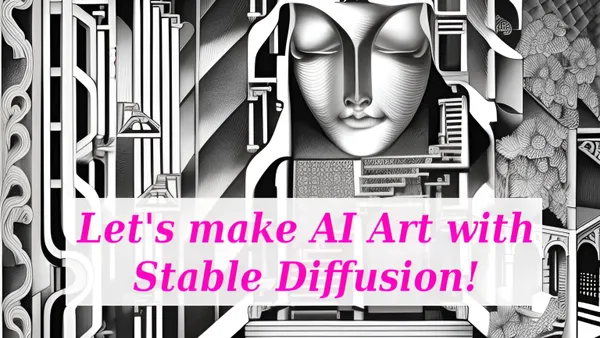On August 22, I hosted an online presentation about making AI art for the International Game Developers Association (IGDA) DC Chapter. It was my first presentation and an overall wonderful experience, I had a blast teaching people the tools necessary for using Stable Diffusion and watching what they generated.
You can view the full slideshow here on Google Docs. In this post, I will highlight some of the art created by attendees.
Text-to-Image
I started out by explaining the most fundamental feature of Stable Diffusion, which is text-to-image. Here are some of the results from the audience:
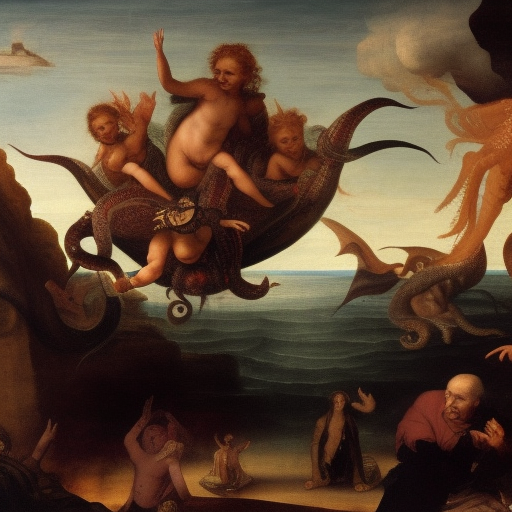
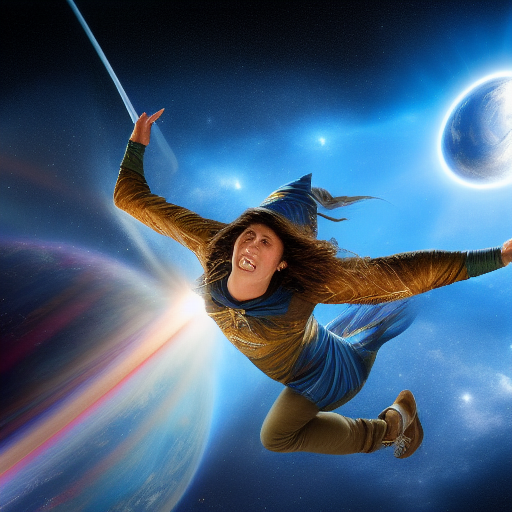

Image-to-Image
Next, I explained the basics of image-to-image and what “denoising strength” does. Nathan Hahn (leader of IGDA DC) generated some great results:
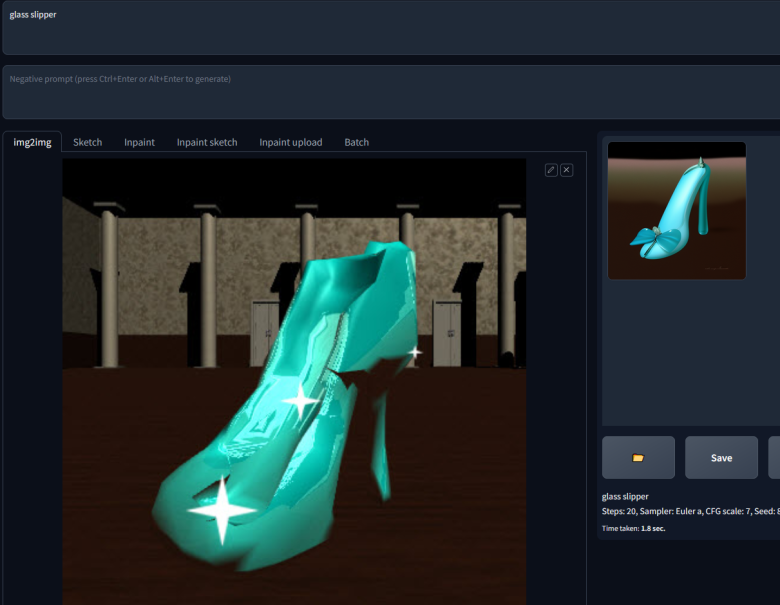
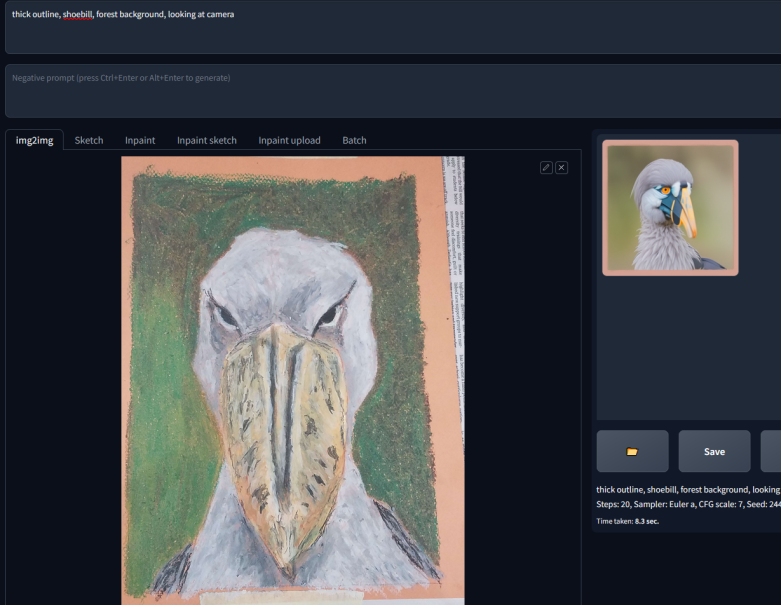
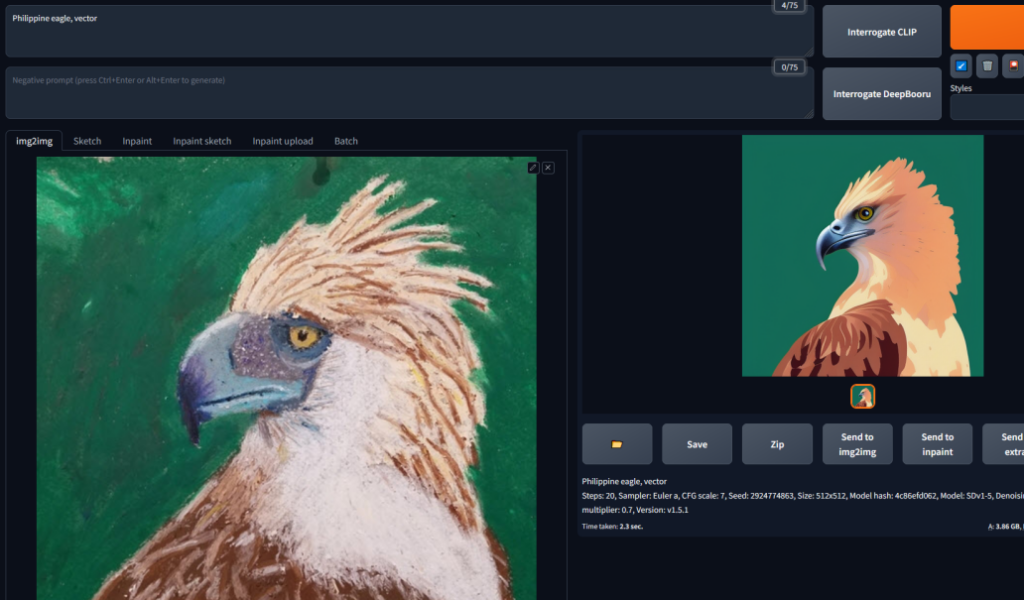
Inpainting
Inpainting is arguably my favorite feature of Stable Diffusion, and Nathan shared several great generations:
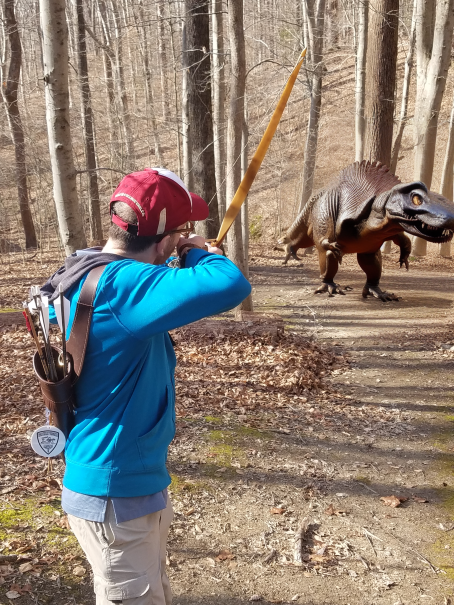




I also explained my most recent extension, Seamless Tile Inpainting, and how it can be used by game developers to make tile-based games.
Outpainting
Building off what I taught about inpainting, I explained how outpainting works and some of the various extensions available for it.
To my dismay, I discovered that my extension Corridor Crawler Outpainting wasn’t working correctly. This may have been a local issue with the Runpod server, or it may have been broken by updates to automatic1111. Either way, updating my extension and fixing the bug has been put on my to-do list.
We didn’t get any examples from the audience for outpainting, and unfortunately my small example of outpainting was lost to the temporary Runpod server I used for this event.
ControlNet
Finally, I explained the basics of ControlNet’s OpenPose and Lineart models.
Nathan had some fun with ControlNet and his own LinkedIn picture:



Other Generated AI Art
For these images, I’m not entirely sure what exact prompt they were made with, so I’m including them here at the end:

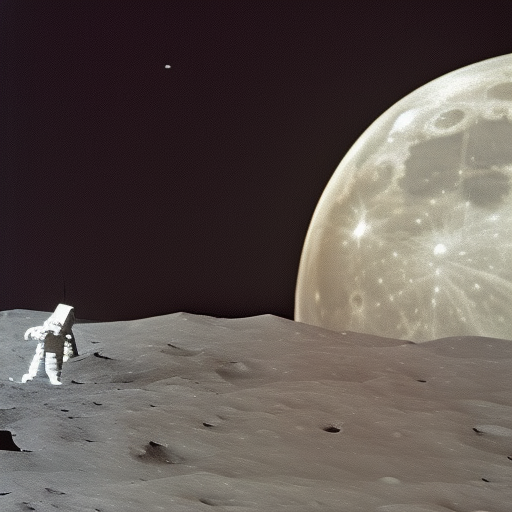
And for these images by Lem Apperson, they were created using the DreamShaper_v7 model:
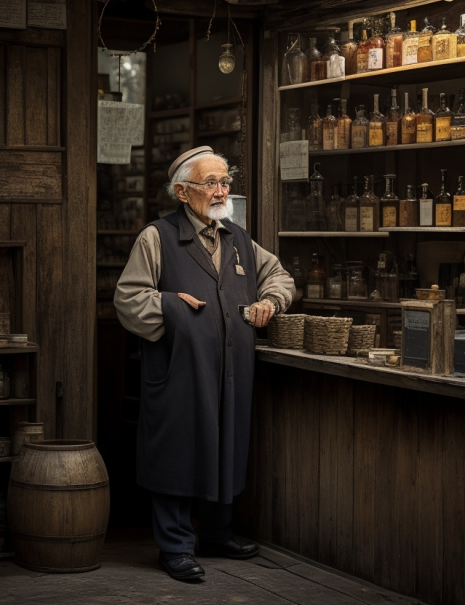
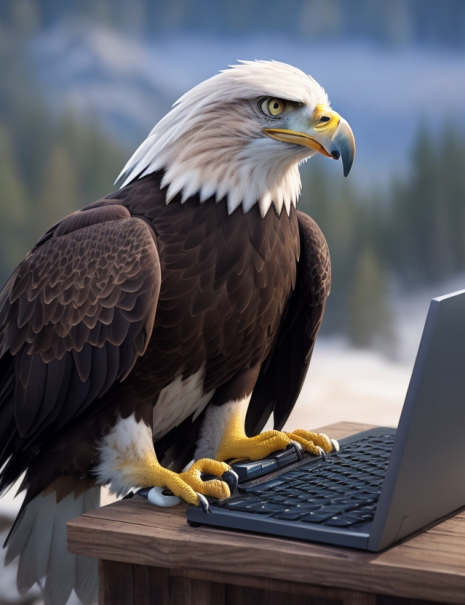


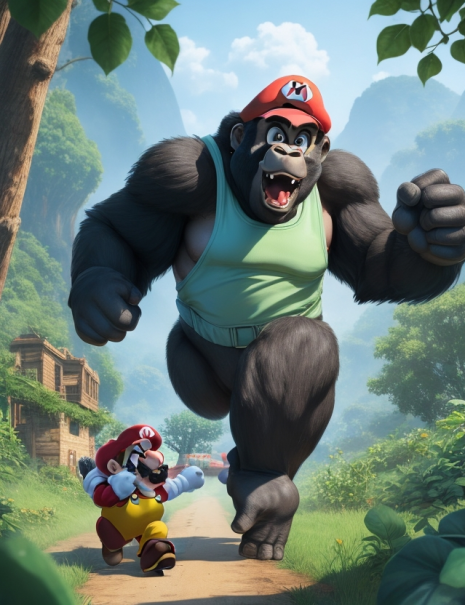
And finally, I will end this post with some extra gnomes generated by Ryan Peterson:

